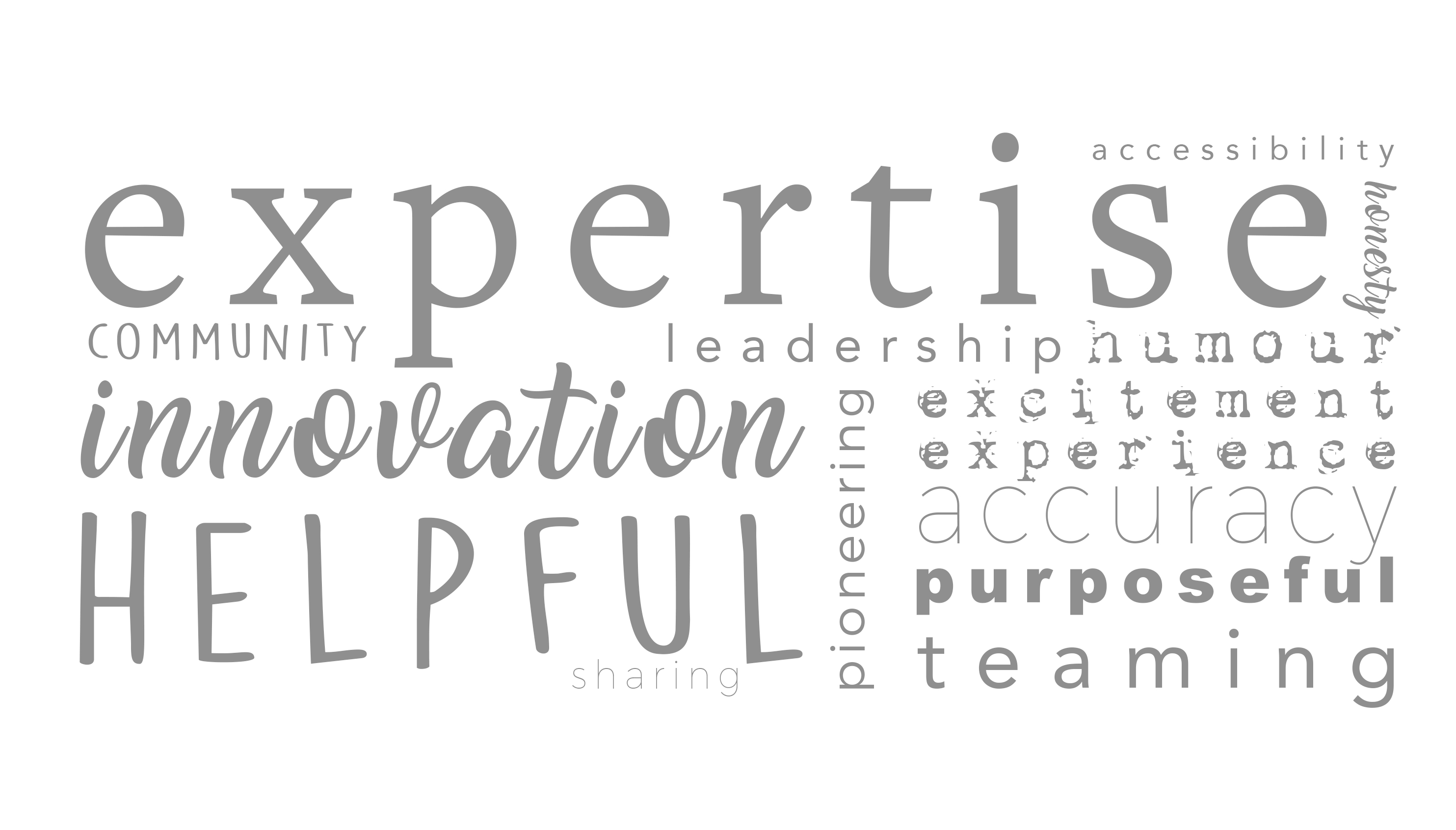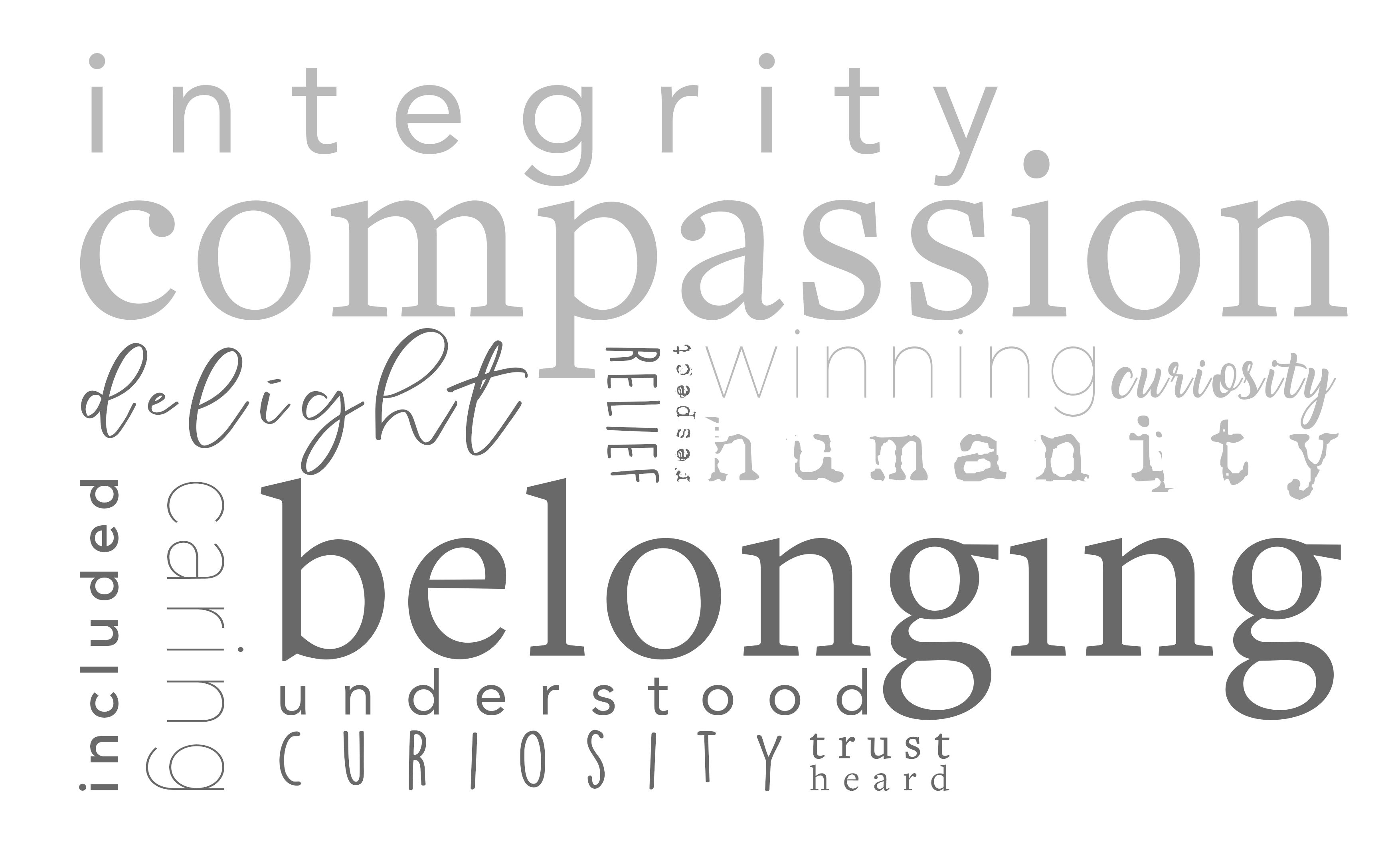This blog is about a pragmatic, first-steps approach to planning and producing content with a purpose. Make your way to the end, and you will have enough insight, tools and templates to create a basic content strategy that works, or form a new perspective on your existing content plans.
Go back to early 2017 and picture me reading through the old Cohesive blog. How was I feeling about it? Well, you could find some perceptive and thoughtful pieces in there, and there was a smattering of good case studies.
There were also some that had clearly had their moment, and needed to be put out of their misery. But I remember my overall impression being,
"Where’s the thread in all of this? What direction are we heading in. Who the hell are we writing all this stuff for? And what thoughts and emotions do we want them to take away?"
So if you’ve found yourself writing content on autopilot, this blog is for you. Textbooks will tell you that the remedy is a ‘content strategy’. For me the ‘strategy’ word conveyed complexity, a heavy duty approach to things, and a mountain of work that I didn’t feel I had the time to do.
What? – you’re thinking – you? You show up for work every day at a storytelling collective. You give advice about this stuff. Just how hard could it really be for you? And my response is: How many GPs do you know that smoke? How many overweight dietitians have you met? Doing what you know to be right isn’t always easy to do, easy to prioritise, or easy to form a good habit around.
So here’s my pragmatic guide to getting purposeful about content. Its goal is to get you really focused on producing content that attracts and converts new customers. Why else would you bother? It’s in three parts. This first blog allows you to quickly consume the entire process from top to bottom. It means you can get your bearings easily. The follow-on blogs contain extra details, exercises and top tips to help you build out your strategy. They’re designed to help you answer for yourself the questions I raised above, which I’m going to re-write as:
So, why are you writing your content?
If you know your purpose as a business – why you do what you do – then a good place to start would be:
To attract those that resonate with our purpose. To repel those that don’t.
Stick with me if you haven’t nailed that purpose thing yet (there’s a blog that can help with that, here). You’re still looking to attract like-minded people. But you’re going to have to do a bit more work to understand the themes that resonate with them. We’ve got that covered too, later on. Now you need to add some further detail to your content’s goals. Grab a quiet moment in your day and ponder this:
Q1. What contribution will our content make to our business?
“I want to boost my sales pipeline.” Good start. Now think of a few more.
Q2. What qualities will our content display?

Q3. What values and emotions will our content elicit?

Q4. I’ll know our content strategy is succeeding because…?
“We had an enquiry that referenced an article!” Nice work. It won’t always be that glorious. You’ll need a few more, less ambitious milestones to track progress. This follow-on bloglet has some further ideas and suggestions.
Who are you writing your content for?
Maybe the million dollar question. Get this right and the rest of the strategy tends to look after itself. Understand what makes your customers tick, and plan your content with them in mind. Even if your business has already created ‘personas’ to represent generic customer types and needs, there’s a valuable exercise you should still do.
The basics you’re going to be figuring out are:
Q. Which of our customers allow us to do our very best work?
Q. What values do they embody?
Q. What are their daily careabouts (try for five)?
I’ve put some structure around answering those questions here, which is my take on a process I learned from the folks at Valuable Content. More about them below.
It’s worth quickly pondering the logic behind the questions. Firstly, you want to attract more of the kinds of customer that let you do your best stuff, right? So we start with them in mind. Secondly, the best content makes an emotional connection with the reader. That’s much simpler if you’ve identified values you have in common. And finally, if you can help them think through and solve some really pressing connundrums – that immediately makes you really valuable.
You can include as many customers as fit the profile. If you’re just starting out and that means two – then it’s two. One of your content goals will be to attract ideal customer number three.
What are your content themes and what links them?
From the last exercise you’re going to have at least ten – and hopefully more – burning questions that are highly relevant to your best customers. That is an excellent place to find yourself, and some might just start creating content around those. But hold on a second. You don’t just want to create relevant content. You want to create content that is as original, authentic and compelling as possible. Content that converts. And that means content that comes from your own, unique, perspective. It means content that resonates strongly with your business’ story.
Think about it this way: how many articles have been written on GDPR, would you say? Gazillions. And what kinds of organisation ISN’T GDPR relevant to? None. So should you write an article on GDPR? If you can answer one burning GDPR question that’s relevant to enough of your audience – maybe. If it comes from your experience – probably. And if GDPR, or the questions it raises, are embedded in the values and narrative of your business – definitely.
If you’ve previously identified your business’ purpose, then you’ve a huge head start here. All of your content should be steered by it. You’re committing to tell your story from the perspective of your purpose, and share it with as many people as you can. For the yet-to-be-purposeful – don’t panic. There’s an exercise here, relevant to most people, that will result in a strong content framework built on powerful themes and values that are relevant to you and your hoped-for ideal customers.
What actions do you want to provoke?
Ultimately, content is all about generating either action or reaction. Likes, shares, clicks to other recommended reading or resources, comments, downloads and sign-ups are all actions you can track. Stuff you can’t directly track but are still good? Well, how about plagiarism? If someone takes your stuff, puts their spin on it, publishes it with a hat-tip in your direction, isn’t that a great outcome? Like I just did with Valuable Content, above.
So if you think about it, there needs to be a coming together, and constant interplay, between the goals we set, the content we create and the actions we inspire. That’s the beating heart of your content strategy, right there. For instance, if thought leadership is your major goal for the here and now, then your content will be expert, insightful, honest, and generous. The list of actions you’d like to inspire includes shares and comments. That suggests a variety of content types, contrasting long-form content with short-form and infographic-style material, which is more easily shared socially.
I discuss this in more detail here with some suggestions to help you flesh out meaningful milestone interactions.
There will come those sweet moments when someone reaches out and asks for a conversation, referencing a piece of your content that inspired them. That’s why we do this stuff. Make sure you celebrate properly.
What directions and forms can you take this in?
There’s a chance we’re getting ahead of ourselves here. Then again, we saw above how your goals influence the forms your content takes. Thought leadership needs long-form, short-form and easily shareable imagery for instance. So it makes sense to at least get the process defined and started here.
Regardless, your content always needs to be insightful, helpful and as unique as you can make it. If it’s driven by your purpose – that bloody p word again – then unique is baked in at the start. And just a word of warning. You’re going to get a lot of advice along the lines of ‘So here’s where we could steer this back to our product/service.’ Tell them, from me, that this kind of content is not about overtly selling your product. People in the B2B world will be uncomfortable with this. Point them at the data sheets, product specs, detailed case studies and whatnot. That’s your evidenced sales content. But that kind of content only becomes valuable once this kind has proven you are expert, experienced, trustworthy, interesting.
But still, the world really is your oyster. You’re free to choose, I’d encourage you to experiment, and your definition of ‘ideal’ could and should evolve over time. Balanced against your instincts and ambition will be the resources and skills available to you, the inclinations of your subject matter experts, the dictates and fads of social media, and so on.

Taking the next steps
We’ve two more blogs (and soon, a workbook) that can be found in the further reading section below. These lead you towards a pragmatic-yet-purposeful content strategy and plan. Each blog outlines exercises and top tips to help you answer some of those gnarly questions above. The workbook is going to let you take that stuff offline, stuff it in your workbag, and jot down notes when the mood or moment grabs you.
Let me know how you’re getting along, and fire off some questions – andyw@wearecohesive.com – or comment below. Finally – that tip of the hat to the team at Valuable Content.
 Like what you’re reading?
Like what you’re reading?
You can download this guide to use as a resource or to share with colleagues. Click the button to download your PDF.





What do you think?